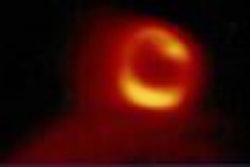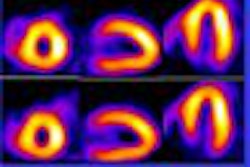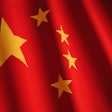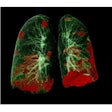SAN FRANCISCO - The condylar cut-off sign on x-ray is a quick and easy way to diagnosis discoid lateral meniscus, according to a presentation Thursday at the American Academy of Orthopaedic Surgeons meeting.
"The diagnosis of discoid meniscus has been made by a history of patient symptoms and the findings of clinical examination. Our question was ‘Is there any simple radiographic sign that could help diagnose complete discoid meniscus?’" said Dr. Chul Won Ha from the Samsung Medical Center and Sunkuynkwan University School of Medicine in Seoul, South Korea. We discovered the condylar cut-off sign."
Discoid lateral meniscus is frequently bilateral (medial and lateral). Although many patients are asymptomatic, clinical complaints can include pain, swelling, locking, and snapping. Radiographs can illustrate indirect signs of the condition, such as lateral joint space widening and cupping of the lateral tibial plateau, and may reveal hypoplasia of the lateral tibial spine (Wheeless’ Textbook of Orthopaedics, Wheeless CR, 1996).
For this study, 50 patients with complete discoid lateral meniscus of the knee (22 males, 28 females), and 50 patients with normal knees (29 male, 21 female), underwent radiography. All cases had been arthroscopically confirmed for discoid or normal lateral meniscus. The average age of the patients was 34.
Ha and his co-author, Dr. Jae-Chul Park, developed a method to measure the length of median and lateral condylar prominence on tunnel, or notch, view radiography of the knee (patient is supine with the knee flexed) rather than the more common Rosenberg view (weight-bearing flexed view in the plane of the tibial plateau). The ratio of the length of the medial and lateral condylar prominence were compared and analyzed.
According to the results, the average ratio of discoid meniscus to normal was 0.716:0.902, which was statistically significant (p<0.0001). The sensitivity of the imaging exam was 76% and the negative predictive value was 81%. Ha reported 100% specificity and positive predictive value.
"The condylar cut-off sign was readily detectable in all cases of discoid lateral meniscus," Ha said, adding that incorporating x-ray into the diagnosis protocol can help in pre-operative planning and can decrease the need for an MR exam.
However, Ha pointed out that one of the limitations of the condylar cut-off sign is that it cannot be seen in younger and older patients because of musculoskeletal immaturity and degeneration, respectively. As a result, the minimum age for this study was 18, while the maximum was 60.
Session moderator Dr. Thomas Lindenfield asked Ha if the condylar cut-off sign was of equal value in partial discoid meniscus. Ha responded that his group focused on complete discoid meniscus because those cases are more demanding in terms of arthroscopic technique.
By Shalmali PalAuntMinnie.com staff writer
March 12, 2004
Related Reading
MRI, clinical examination confer equal diagnostic benefit in orthopedic injuries, February 11, 2003
MRI pinpoints meniscal tears, proves less valuable for knee trauma, January 9, 2003
Copyright © 2004 AuntMinnie.com



















